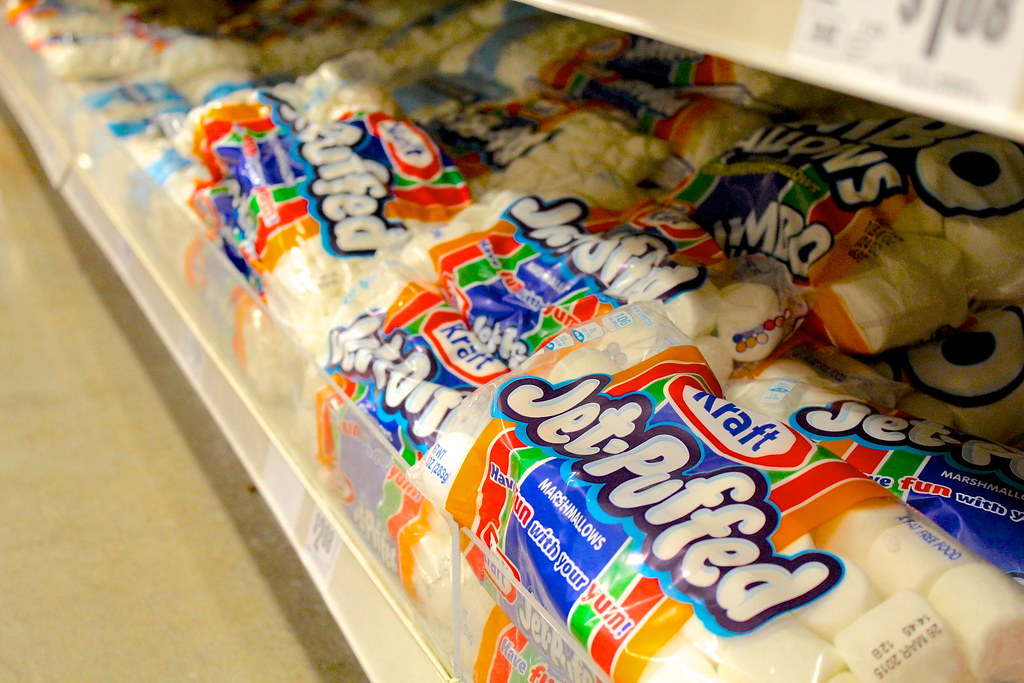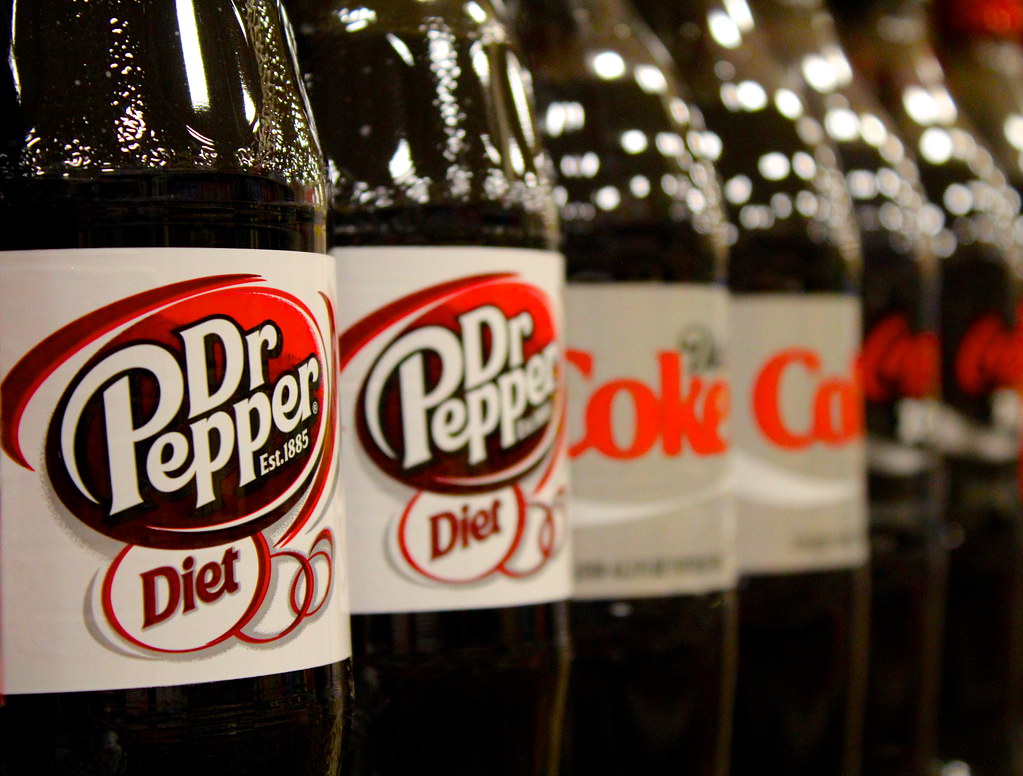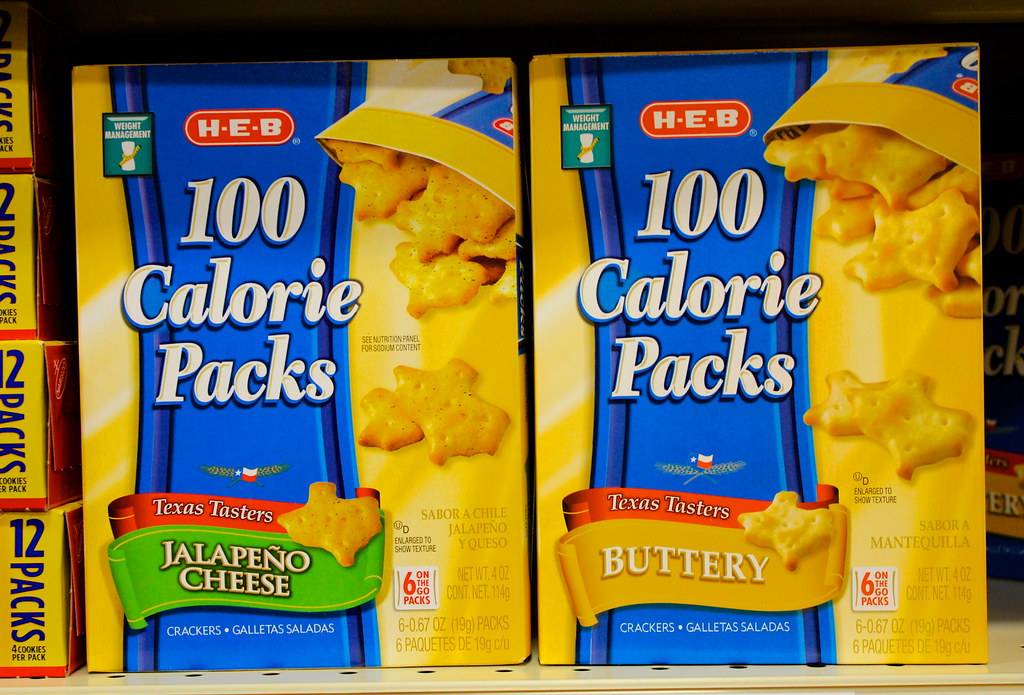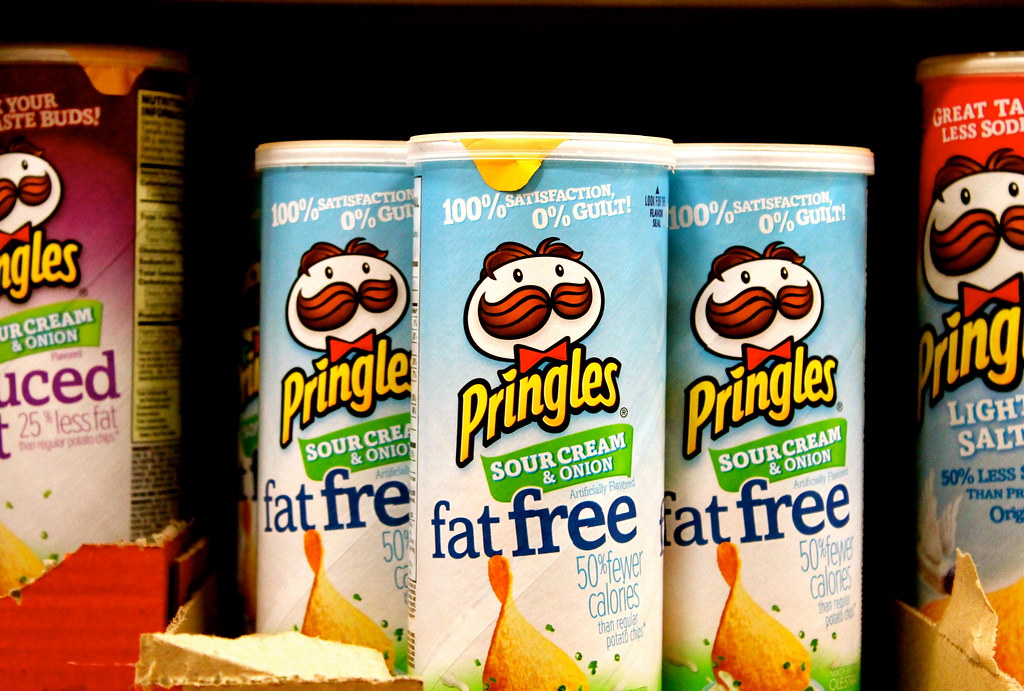With new nutrition information popping up everyday, it’s hard to keep track of which foods are healthy and which aren’t. You may think you’re eating something healthy when really there are way better options out there. Or, you may just really have no idea what ingredients make up the foods you’re eating in the first place. Read on to see what foods may be deceiving you.
1. Marshmallows
If you’re a vegetarian, listen up, because typical marshmallows contain an ingredient you may not be too fond of. Gelatin is found in many candies, giving them their gummy, sticky consistency, but the gelatin used in marshmallows comes from pigskins, bones of cattle, or even from fish bones and skin.
2. Cold Cuts
Many people eat lean turkey or chicken cold cuts in their lunchtime sandwich. But you may not know that these products are loaded with sodium. Just two slices can contain about 20% of your daily sodium value and you’re probably having more like four or five pieces on each sandwich. Go for the low-sodium options every once in a while.
3. Diet Soda
Yes, diet sodas contain significantly fewer calories than regular sodas, but new research links diet sodas to weight gain. The artificial sweeteners that keep diet sodas low in calories also trigger fat storage and can actually make you hungrier than you were to begin with.
4. Granola
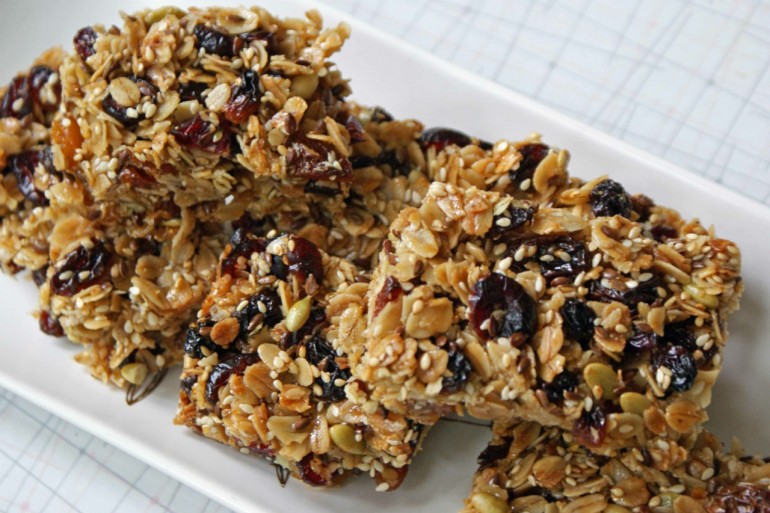
Photo Courtesy of babble.com
The word “granola” gives off a healthy hippy vibe. But sadly, most granolas, especially ones in breakfast cereals, are loaded with sugar. Eating so much sugar spikes your blood sugar levels dramatically, definitely not the way to start your day. The calorie count can easily reach 500 in just one bowl of granola, and with such little fiber, you won’t stay satisfied very long.
5. Fruit Smoothies

Photo by Abigail Wilkins
That Jamba Juice may sound delicious, but you might want to think twice. Although colorful and healthy-looking, many fruit smoothies contain a lot of fruit juice, full of empty calories and added sugars. They usually have about 400-500 calories, just as much as a whole meal should have, but they won’t keep you full like a balanced meal can.
6. Multigrain Bread
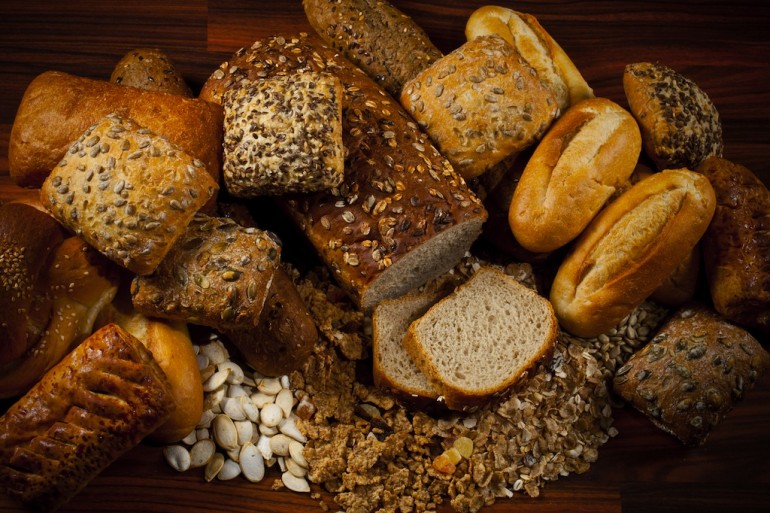
Photo Courtesy of nutripromag.com
This type of bread is usually thought to be just as healthy as whole wheat or whole grain bread, but the word “multigrain” just means more than one type of grain, and there’s really nothing about having more than one grain that makes it an exceptionally healthy item. Whole grain varieties use the entirety of the grain and therefore provide you with more fiber and nutrients.
7. 100-Calorie Packs
While they are properly portioned and easy to eat on the go, the majority of 100-calorie packs have unrecognizable ingredients like thiamine mononitrate or unbleached enriched flour. They don’t offer much nutritional value and probably won’t fill you up like you had hoped.
8. Fat-free Foods
Whether it’s a salad dressing or your favorite snack, the fat-free option isn’t always the way to go. These products have usually removed the fat content and replaced it with artificial sugars, flavoring and chemically-produced ingredients. Manufacturers want to be able to have that fat-free label on their packaging simply for more sales.


